
Teresa Ramos invested ¢200,000 (about $400) in labor to clear the land where she planned to harvest corn last year.
“The work was done and the corn was planted. The corn sprouted, but it didn’t rain again… and it dried up due to lack of rain,” Teresa recalls. Her farm is in La Esperanza, a windy town located between the mountains of Nicoya and Santa Cruz.
“That investment was all lost. It’s hard to recover it again now,” she says.
Teresa couldn’t sell her corn to the hotel in Nosara that always buys it from her. For a small producer like her, one year without that harvest is a big blow to her household’s economy. On the farm, she also produces coffee and beans, two crops that, like corn, have suffered from extreme and changing climate conditions.
The land she works, and the community where she lives, are immersed in a region known as the Central American Dry Corridor (Spanish acronym: CSC), a huge swath of territory that runs across the southern Pacific of Mexico, Guatemala, El Salvador, Honduras, Nicaragua, Guanacaste, a part of Puntarenas and the dry arc of Panama.
They have the common characteristic of having at least four months of drought, according to the United Nations Food and Agriculture Organization (FAO).
The same organization warns that this corridor is an area that is highly vulnerable to extreme weather events, “where long periods of drought are followed by intense rains that strongly affect the livelihoods and food security of local populations.”
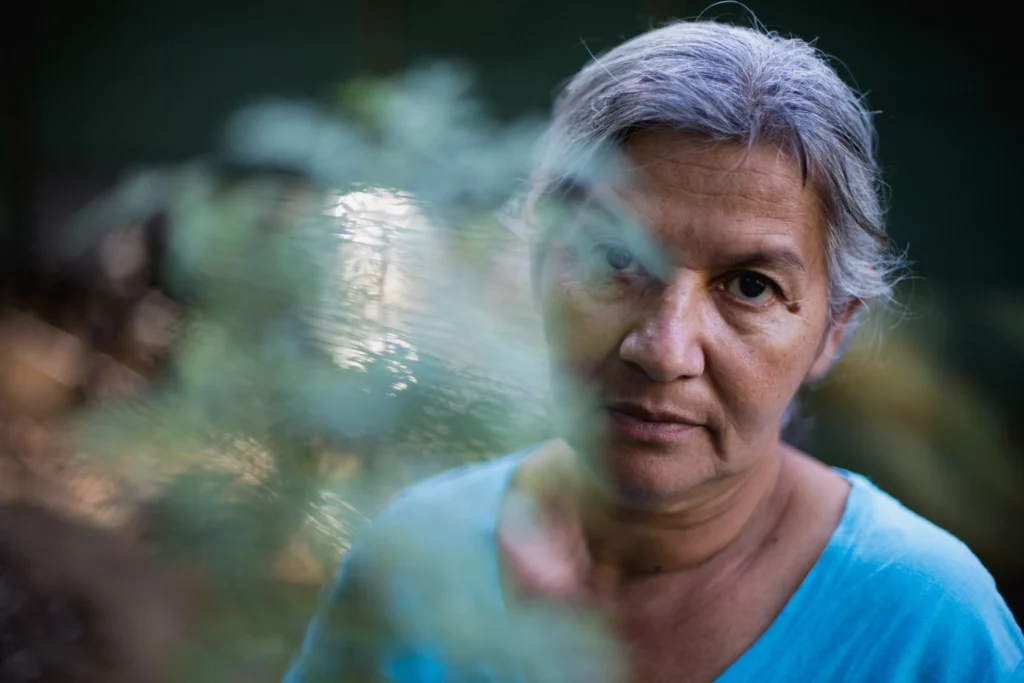
Teresa Ramos is 61 years old and on her farm, she grows beans, corn, coffee and vegetables.Photo: César Arroyo Castro
Teresa has seen these extreme events with her own eyes on her farm, when her plants dry up due to lack of rain and also when they are washed away by heavy downpours.
This is the second installment of three articles in which The Voice delves into what the CSC is, how being part of it impacts us, and what specialists predict about the future. Read the first part here.
From Mexico’s southern border to Panama, we share a territory full of challenges and uncertainties.
Starting over
What happens on Teresa’s farm is replicated on a large scale in the rest of the CSC: It’s more difficult for the territories in this strip to develop socio-economic activities that depend on rain due to their vulnerability to weather events, according to Pavel Bautista, a researcher from the Mesoamerican Center for Sustainable Development (Spanish acronym: CEMEDE) at the National University (UNA) in Nicoya.
“In a territory like the Central American Dry Corridor, the case of droughts is defined for Costa Rica almost every eight years. And year after year, we have tropical storms that mean floods; evacuations have to be carried out; the material goods of the people who live there are lost,” Batista contends.
Losses in Guanacaste due to the impacts of natural phenomena between 1988 and 2018 were $538 million, according to a report from the Ministry of National Planning and Economic Policy (Mideplan).
Infrastructure is the most affected area with 50% of the total, approximately $260 million in losses, followed by the agricultural sector with 28%, which is equivalent to about $149 million.
Although it may seem contradictory, what affects the dry corridor the most aren’t droughts, but extreme rainy events such as hurricanes or tropical storms.
According to the same document, only 14% of the losses in the province are due to droughts. On the other hand, 77% are caused by intense rains.
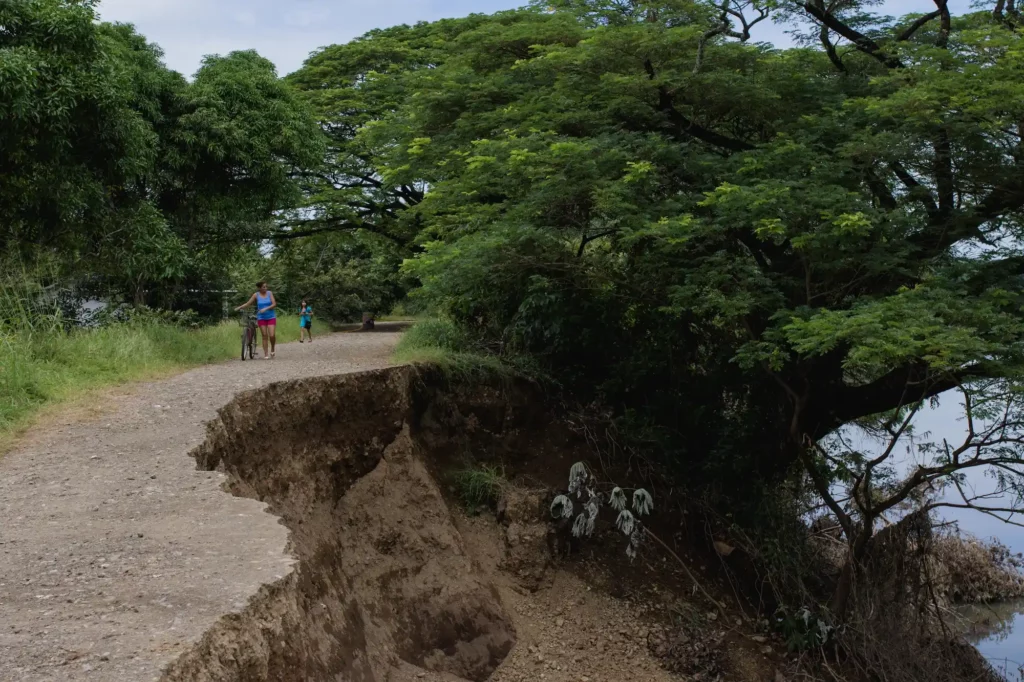
A woman walks next to the dike in Filadelfia that was broken after Tropical Storm Nate in 2017. The economic damage caused by this storm in the province was more than $81 million.Photo: César Arroyo Castro
“From the point of view of extreme events, the main problem in Guanacaste is excess water,” comments Lenín Corrales, a specialist from the Climate Action Unit of the Tropical Agricultural Research and Higher Education Center (Spanish acronym: CATIE).
Corrales explains that Guanacaste’s position is quite complex when considering the meteorological conditions, because due to the El Niño Effect and the trade winds, “at any time, a lot of water comes in a single shot.”
This excess water has also affected Teresa’s corn and bean crops.
“When the harvest is already there, it rains too much. Then the plant falls and if it’s already harvest season, it sprouts when it falls to the ground and then what the grain does is it germinates again. Then it’s also lost already,” explains the producer.
“Everything changes”
UCR researcher Hugo Hidalgo was part of the Central American Dry Corridor Comprehensive Program (Spanish acronym: PICSC), an interdisciplinary project that was carried out for five years focused on a cross-border region in crisis due to drought and poverty.
The problem in Guanacaste, according to Hidalgo, is that it already has a relatively higher dryness than the rest of Costa Rica. And this dryness may worsen due to climate change.
“It seems that in the first half of this century, what will govern is an increase in dryness caused by increases in temperature. In the second half of the century, what these scenarios predict is terrible. Because there’s not only the increase in temperature, but also decreases in rainfall,” affirms Hidalgo.
The scenarios to which the researcher refers are found in a report prepared by the National Meteorological Institute (Spanish acronym: IMN), designed to define climate change adaptation policies more precisely in the short and the long term.
The report mainly considered two scenarios, one that has to do with low greenhouse emissions and one about high emissions (RCP2.6 and RCP8.5, respectively, according to the Intergovernmental Panel on Climate Change).
Teresa has heard a lot of talk about climate change and what it could mean for her farm. However, it remains a big enigma for her. The first week of May was always the perfect time to start planting corn, but nothing is certain anymore.
“Climate change is very difficult because, for example, we [can be] having normal rains, [then] from one moment to the next it stops raining for about 15 days. Suddenly a low pressure [system] comes in or I don’t know what — “a phenomenon,” said the weather guy. And then soon it changes, and everything changes,” she comments.
There are studies to try to reduce future uncertainty about production in the dry corridor as much as possible, such as the one with an emphasis on Costa Rica carried out by the International Food Policy Research Institute (IFPRI).
Taking the study into account, and focusing on the three largest crops produced in the province, Lenín Corrales explains that the sugar cane yield could increase by 29% if climate change weren’t present. However, even with the most optimistic scenario, the low emissions scenario (RCP2.6), production will have yield reductions between 9% and 18%.
“So, even though there is water to produce sugar cane, there will always be effects because the problem isn’t just water, but also temperature,” says Corrales.
It is precisely the temperature that also puts another major economic activity at risk: livestock.
In livestock farming, an indicator called the Temperature-Humidity Index (THI) is used, explains the specialist. This index should be kept at 70 for dairy cattle and 75 for beef cattle so that cows don’t go into a state of stress and have their milk production affected or stop growing.
“It turns out that in southern Guanacaste (the cantons of the peninsula), there’s already a THI of 86. In other words, even if you take water to the pastures, the temperature is already affecting the stress of the livestock. And climate change projections say that by 2050, the THI could reach 89,” he says.
Regarding rice, the specialist from CATIE explains that projections show a decrease between 5% and 10% in production. But using other forms of rice production such as dry farming (a cultivation method that uses rainwater, without the intervention of artificial irrigation) is not estimated to change significantly by 2050.
“There have to be changes. It’s not just changing activity for activity, for example, I don’t know, that rice farmers become touristologists, but that the same activity itself could improve its adaptation to climate change if it changes production technologies,” he assures.
Although this also is a challenge for producers like Teresa who, according to the CATIE Climate Unit specialist, Andrea Zamora, “have fewer possibilities of accessing technologies and less capacity to adapt.”
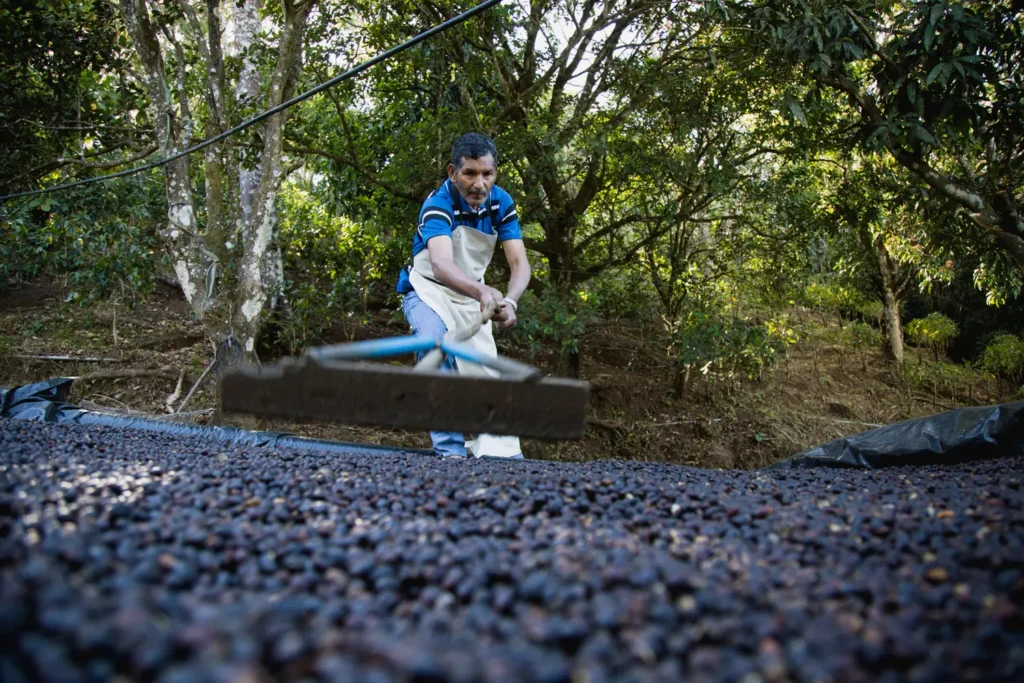
Felipe Díaz, Teresa’s husband, spreads the coffee beans that they produce on the farm to dry in the sun.Photo: César Arroyo Castro
The seeds saved
Teresa is 61 years old, with a head full of gray hair and enviable resilience. In order not to depend so much on her three main crops (corn, coffee and beans), she decided to start producing avocados and oranges, and she built a greenhouse with the support of the Ministry of Agriculture and Livestock (Spanish acronym: MAG). In it, she plants cilantro, lettuce, celery, parsley, chives, green beans, cucumbers and cherry tomatoes.
She sells her products through the Guanacaste Organic Agro Association, which she is part of. Through one of the organization’s projects, she also managed to build a water reservoir to harvest during the months of the dry season.
Last year in February and March, we planted corn and beans; by means of the water from the reservoir, we were able to do a little bit for the dry season,” Teresa recalls.
These types of projects can make a lot of difference in a region where dryness is going to increase.
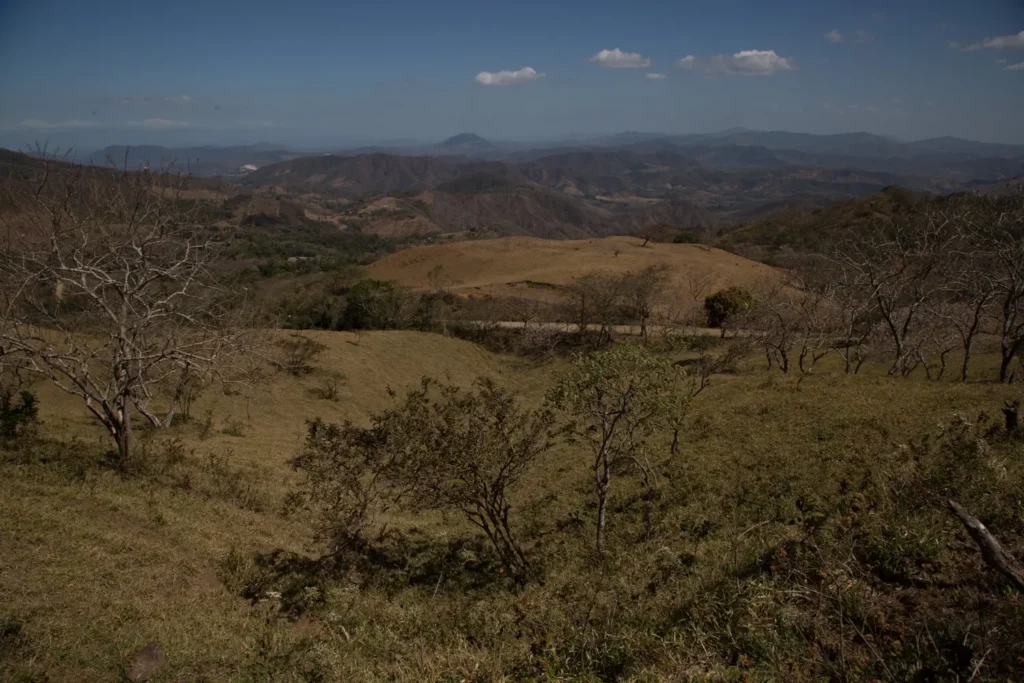
Panoramic view from La Esperanza in the hills of Santa Cruz, where Teresa Ramos has her farm.Photo: César Arroyo Castro
Oceanographer and UCR researcher Erick Alfaro, who was also part of PICSC, explains that there is sufficient evidence that the dryness is going to have a very important impact on the region’s future.
This doesn’t mean that it will stop raining in Guanacaste. What it means is that we have to implement greater management of water resources,” explains Alfaro.
Repairing damage after climate events costs money, and anticipating them in the best way, like Teresa’s reservoir, requires investment.
A Costa Rica Technological report (Spanish acronym: TEC) prepared by Melissa Marín-Cabrera, biologist in Natural Sciences for Development, evaluated investments in climate change projects between 2011 and 2022. In the entire country, the investment was barely $24 million. During that period, Guanacaste was the province with the most communities where related projects were implemented, with an investment of a little more than $6 million.
The areas in which the province received the most support in relation to the rest of the country were strengthening capacity (32%) and water resource management (40%).
Of the $24 million, only 15% was invested by the government. International organizations manage most of the budget with 43%.
“There’s no comparison between the losses due to extreme events in the country and what is being invested in climate change,” emphasizes Corrales.
According to the specialist, the Climate Change Adaptation Plan, the regional plans and the decarbonization plan are “things that dance to the music of the government in power.”
“Drought is very important. However, scientifically, it is something that happens periodically, more or less each decade. So sometimes one says that the country has losses simply because it doesn’t prepare well, but one already knows,” he adds.
The president of the association to which Teresa belongs, Irene Castañeda, explains that one measure that small producers can take is to improve the vegetation cover of the soil on their farms to optimize water infiltration. In addition, simplify the delivery of public funds so that they can invest in their farms.
“It would start with the application of the organic agriculture law, the distribution of 0.1% of the gasoline tax, almost making it automatic, strengthening that program and making it efficient,” says Burgués.
While waiting for the political will to invest in adaptation measures, there are other types of more community-based and more family-based measures that Teresa puts into practice.
The rains and droughts have killed the seeds that were passed down through her family from generation to generation.
There are seeds that have already been lost. It’s hard to have them again. By losing the seed, we lose what we’ve consumed our entire lives,” she laments.
That’s why she shares them with her neighbors and relatives.
“Because if one loses it, maybe another doesn’t, so that person goes and gives it to those who don’t have it. This is how we’ve still conserved several seeds,” she says.


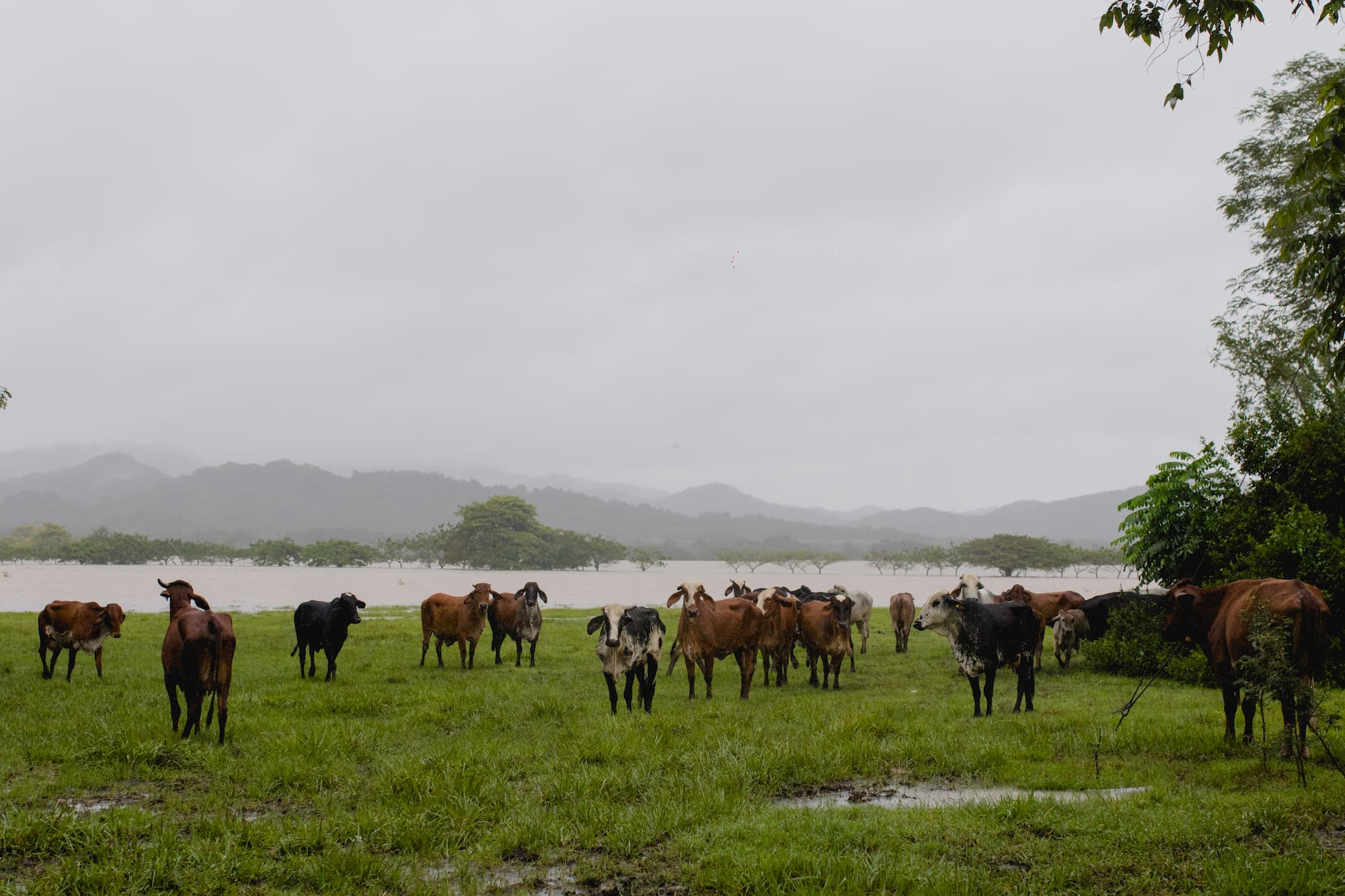
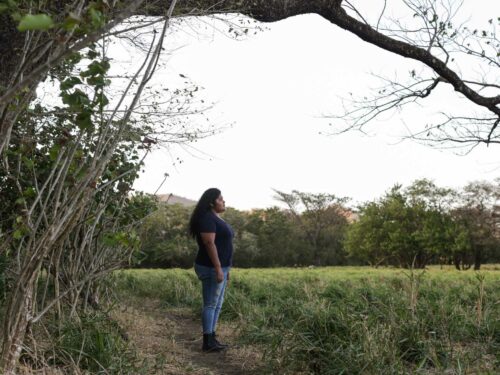
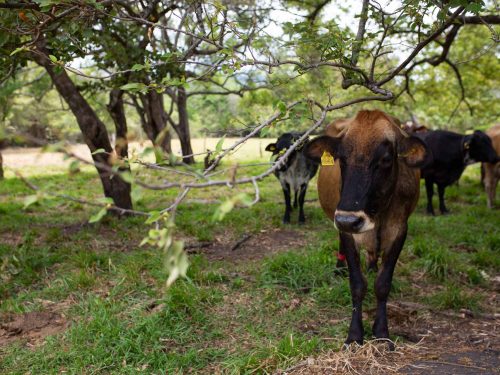


Comments